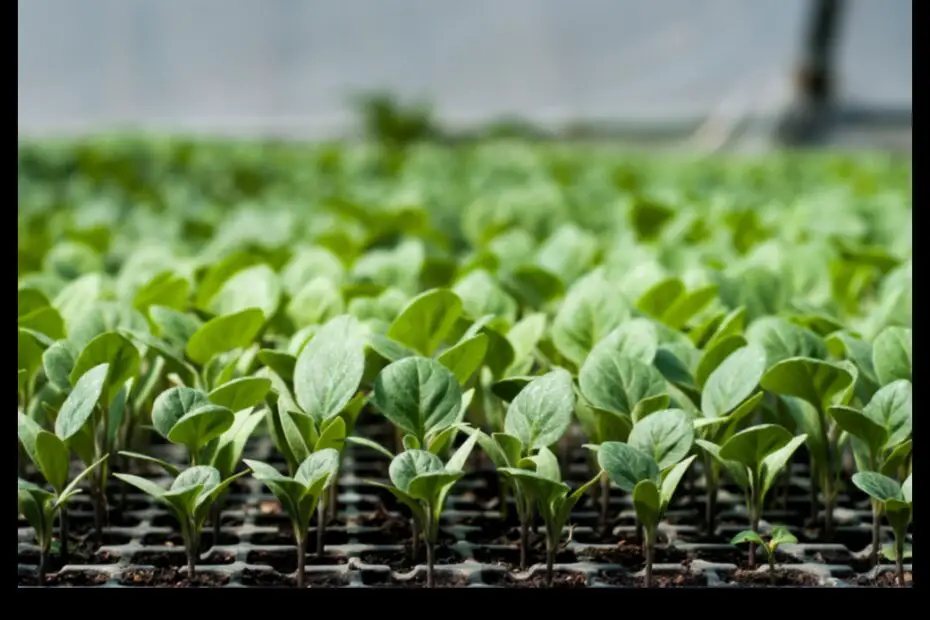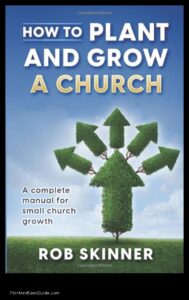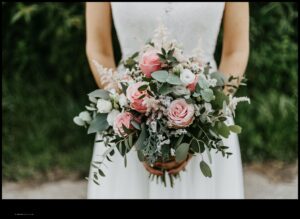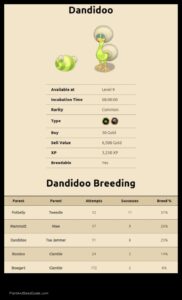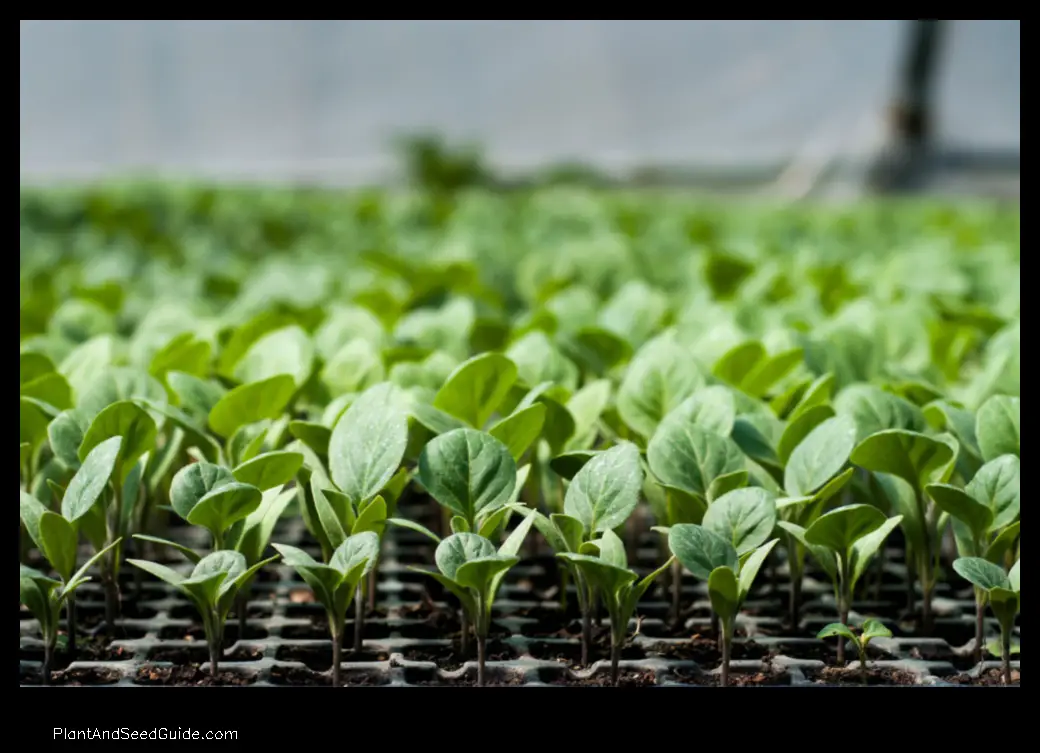
How to Plant Multiple Plants in One Pot
- Benefits of Planting Multiple Plants in One Pot
- Choosing the Right Plants
- Preparing the Pot
- Planting the Plants
- Watering the Plants
- Fertilizing the Plants
- Pruning the Plants
- Repotting the Plants
- Dealing with Pests and Diseases
- FAQ
Benefits of Planting Multiple Plants in One Pot
There are many benefits to planting multiple plants in one pot, including:
- Increased yields
- Improved pest control
- Better aesthetics
- Less watering
- Easier maintenance
Let’s take a closer look at each of these benefits.
Increased yields
When you plant multiple plants in one pot, they compete for resources, such as water, sunlight, and nutrients.
As a result, you can often get more produce from a single pot of plants than you would if you planted each plant individually.This competition forces the plants to grow more vigorously in order to outcompete their neighbors..
Improved pest control
When you plant multiple plants in one pot, they can help to protect each other from pests. For example, some plants release chemicals that repel pests, while others attract beneficial insects that prey on pests. This can help to keep your plants healthy and free from damage.
Better aesthetics
Planting multiple plants in one pot can create a more visually appealing display than planting each plant individually. This is because different plants come in a variety of shapes, sizes, and colors, which can create a more interesting and attractive look.
Less watering
When you plant multiple plants in one pot, they can help to conserve water. This is because the plants will help to shade the soil and keep it moist. This can be a significant benefit in hot, dry climates where water is scarce.
Easier maintenance
Planting multiple plants in one pot can make it easier to maintain your garden. This is because you can water, fertilize, and prune all of the plants at the same time. This can save you time and effort.
Choosing the Right Plants
When choosing plants to plant in one pot, it is important to consider the following factors:
- Sunlight requirements
- Watering needs
- Growth habits
- Pest resistance
It is also important to choose plants that will complement each other’s appearance. For example, you might want to choose plants that have different colors, shapes, and sizes.
Here are some specific plants that are well-suited for planting in one pot:
- Tomatoes and basil
- Squash and zucchini
- Peppers and eggplant
- Lettuce and spinach
- Carrots and radishes
For more information on choosing the right plants for your garden, please consult with a local nursery or garden center.
Preparing the Pot
Before you can plant your plants, you need to prepare
| Feature | Description |
|---|---|
| Container gardening | Growing plants in containers is a great way to save space, extend your growing season, and improve the aesthetics of your outdoor space. |
| Companion planting | Planting different types of plants together can help to improve the health and productivity of your garden. Companion plants can attract beneficial insects, deter pests, and improve soil fertility. |
| Plant spacing | When planting multiple plants in one pot, it is important to space them out properly so that they have enough room to grow. The ideal spacing will vary depending on the type of plants you are growing. |
| Potting soil | The type of potting soil you use is important for the success of your container garden. Choose a soil that is well-draining and contains plenty of nutrients. |
| Watering plants | Watering your container garden is essential for keeping your plants healthy. The frequency and amount of water you need to give your plants will vary depending on the climate and the type of plants you are growing. |
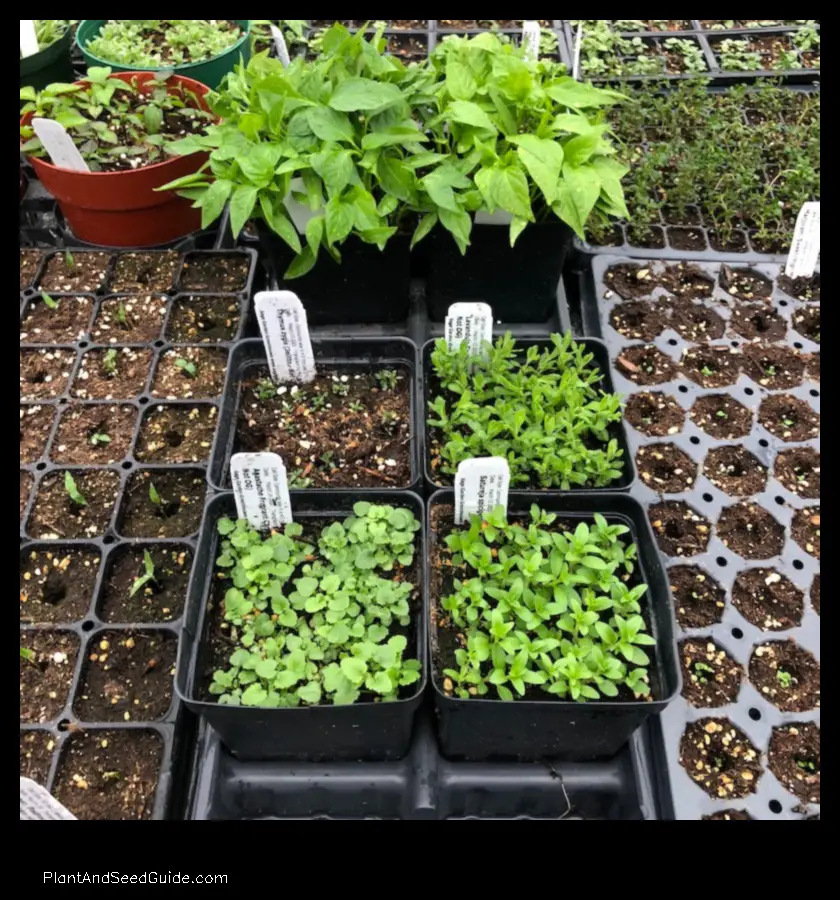
Benefits of Planting Multiple Plants in One Pot
There are many benefits to planting multiple plants in one pot, including:
Increased yields: When plants are grown close together, they can share resources such as water and nutrients, which can lead to increased yields.
Improved pest control: Companion planting, which is the practice of planting different types of plants together, can help to deter pests. For example, planting marigolds near tomatoes can help to repel tomato hornworms.
Better aesthetics: A container garden with multiple plants can be more visually appealing than a single plant.
Preparing the Pot
Before you can plant your plants, you need to prepare the pot. This involves:
- Drilling drainage holes in the bottom of the pot
- Adding a layer of drainage material, such as gravel or pebbles
- Filling the pot with potting soil
The size of the pot you choose will depend on the size of the plants you are planting. Make sure there is enough room for the roots to grow, but not so much that the soil stays wet for too long.
Drilling drainage holes in the bottom of the pot is important to prevent the roots from rotting. Drainage material will help to keep the soil from becoming waterlogged.
Potting soil is a special type of soil that is designed for container gardening. It is lightweight and well-draining, which is important for plants that are grown in pots.

Benefits of Planting Multiple Plants in One Pot
There are many benefits to planting multiple plants in one pot, including:
Increased yields: When plants are grown together, they can share resources such as water and nutrients, which can lead to increased yields.
Improved pest control: Companion planting, which is the practice of planting certain plants together to deter pests, is easier to do when plants are grown in the same pot.
Better aesthetics: A pot full of different plants can add interest and beauty to your garden.
5. Watering the Plants
Watering your plants regularly is essential for their health.
In general, you will need to water your plants more often in hot, dry weather and less often in cool, wet weather.The frequency of watering will depend on the type of plants you are growing, the size of the pot, and the climate..
To water your plants, fill a watering can with water and slowly pour it around the base of the plants. Avoid getting water on the leaves, as this can cause them to develop diseases.
It is important to water your plants deeply, so that the water reaches the roots. To do this, water your plants until the water starts to drain out of the bottom of the pot.
If you are not sure how often to water your plants, it is better to err on the side of caution and water them more often than not. Overwatering can be just as harmful as underwatering, so it is important to find a balance that works for your plants.
Here are some tips for watering your plants:
- Water your plants early in the morning or late in the evening, when the sun is not as strong.
- Water your plants deeply, so that the water reaches the roots.
- Avoid getting water on the leaves, as this can cause them to develop diseases.
- If you are not sure how often to water your plants, it is better to err on the side of caution and water them more often than not.
Benefits of Planting Multiple Plants in One Pot
There are many benefits to planting multiple plants in one pot, including:
- Increased yields: When plants are grown together, they can share nutrients and water more efficiently, which can lead to increased yields.
- Improved pest control: When plants are grown together, they can help to deter pests from attacking each other.
- Better aesthetics: Planting multiple plants in one pot can create a more attractive and visually appealing garden.
Pruning the Plants
Pruning is an important part of caring for multiple plants in one pot. It helps to keep the plants healthy and encourages them to produce more flowers and fruit. When pruning, it is important to remove any dead, diseased, or damaged branches. You should also prune back any branches that are crossing over each other or that are growing too close together.
Pruning can be done at any time of year, but it is best to do it during the early spring or late fall. When pruning, use sharp, clean pruning shears. Make sure to cut the branches back to a healthy node.
Pruning multiple plants in one pot can help to improve the overall health and appearance of your plants. It can also help to increase your yields of flowers and fruit.
Repotting the Plants
When your plants outgrow their pot, it’s time to repot them into a larger container. This will give them more room to grow and develop, and it will also help to improve drainage and aeration. To repot your plants, follow these steps:
- Gently remove the plant from its current pot.
- Loosen the roots of the plant by gently teasing them apart.
- Place the plant in the new pot, making sure that the roots are spread out evenly.
- Fill in the pot with fresh potting soil, being careful not to pack it down too tightly.
- Water the plant thoroughly.
Repotting your plants is an important part of keeping them healthy and thriving. By following these steps, you can help your plants to grow to their full potential.
Dealing with Pests and DiseasesPests and diseases can be a problem for any gardener, but they can be especially challenging when you’re growing multiple plants in one pot. Here are a few tips for dealing with pests and diseases in your container garden:
- Inspect your plants regularly for signs of pests or diseases. This will help you catch problems early, when they’re easier to treat.
- Use a variety of pest- and disease-resistant plants. This will help you reduce the risk of problems in the first place.
- Practice good garden sanitation. This means removing weeds, dead leaves, and other debris from your garden regularly. This will help to reduce the number of pests and diseases that can build up in your garden.
- Use insecticidal soap or horticultural oil to control pests. These products are effective against a variety of pests, and they’re relatively safe to use around plants.
- Use fungicides to control diseases. There are a variety of fungicides available, so you can choose one that’s specifically designed to treat the disease that you’re dealing with.
- If you’re having trouble controlling pests or diseases, consult with a qualified garden professional. They can help you identify the problem and recommend the best course of treatment.
FAQ
What are the benefits of planting multiple plants in one pot?
How do I choose the right plants to grow together?
How do I space the plants out so they have enough room to grow?
- Wild Rose Country: Exploring Untamed Beauty - July 15, 2024
- Wildflower Nursery Decor: Bringing Nature Indoors - July 15, 2024
- Young Sprout of Grass: Nurturing New Life - July 15, 2024
